
Wildfires And Habitat Loss Are Killing Jaguars In The Amazon Rainforest
Often called the "lungs of the Earth," the Amazon rainforest spans nine countries, but about 60% lies in Brazil. In recent years, disastrous fires, caused mainly by humans, have engulfed extensive tracts of this precious forest and killed its wild inhabitants in thousands. These fires have plundered the natural wealth of vast sections of the Amazon, making a mockery of millions of years of evolution.
Jaguars, the apex predators of this ecosystem, have also profoundly suffered. According to research by Panthera, the Amazon fires killed and displaced at least 1,470 jaguars from 2016 to 2019. Additionally, fires and habitat loss claim the lives of around 300 jaguars each year in the Amazon. And according to Dr. Fernando Tortato, Conservation Scientist, Panthera, this is really bad news.
"Headlines of wildfires devastating large swaths of habitats, even fast-moving wildlife populations, and human communities are becoming the new normal around the globe, with 'fire season' emerging as a perennial state. But as our research shows, the scale of loss for jaguars alone with at least 300 individuals killed or displaced each year is not a norm we can accept," he stated.
Amazon On The Edge
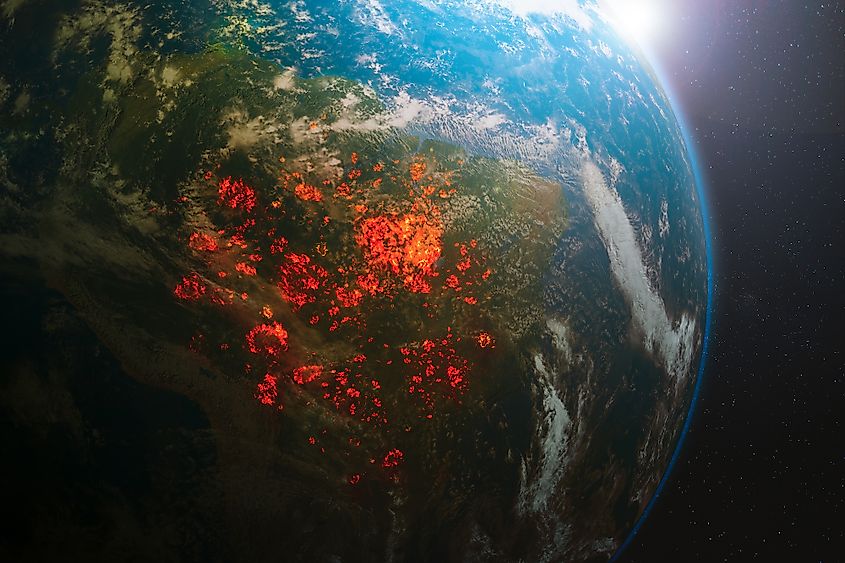
The Amazon rainforest has incredible biodiversity. It is the world's most biodiverse ecosystem hosting around 10% of the global species. It is the birthplace of innumerable small rivers and streams that give rise to the mighty Amazon River that supports millions of human and animal lives in its basin area. About 3 million indigenous inhabitants of the Amazon also depend on the forest for their survival.
The Amazon is also a natural carbon sink absorbing the excess carbon dioxide from the atmosphere, acting as a major player in combating climate change and safeguarding our future. The dense rainforest influences rainfall in the area and beyond through the process of transpiration. The rain so caused supports human lives across large parts of South America and even parts of Central America and the United States.
Unfortunately, the world of humans tends not to value what comes for free. The rush to achieve short-term goals and lack of foresightedness has led to the deforestation of vast tracts of the Amazon rainforest. Most recently, Brazil's National Institute for Space Research (INPE) reported that the Amazon lost 13,235 km2 of forest area in just one year (2020-21), a 22% increase from the previous year. Scientists estimate that at this current rate of deforestation, around 27% of this forest area will become barren scrubland by the year 2030.
Jaguar Loss Acts As An Alarm Bell
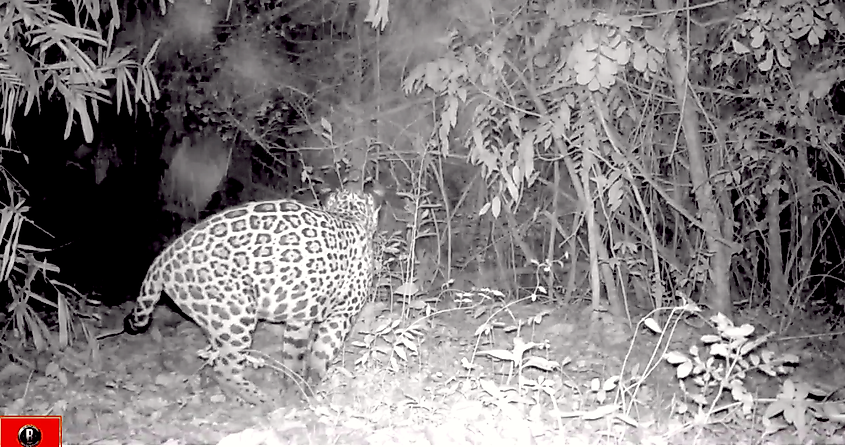
But it is not just the trees of the Amazon that are disappearing. The animals are also falling prey to the wanton destruction of the rainforest. The loss of the Amazon's jaguars is major evidence of this fact.
As apex predators, jaguars find themselves at the head of the trophic level in the Amazon. Conservationists use them as an umbrella species to protect the entire ecosystem. They also serve as flagship species. Their majestic appearance and large size make them appealing and easy to identify. Hence, keeping track of these big cats is easier than those of other less charismatic species. And as jaguars prefer forested habitats over non-forested ones, the absence of forest makes their lives difficult. Also, it brings them in proximity to human settlements where they often start preying on livestock and become susceptible to persecution by angry locals who lose their animals to these predators. Thus, loss of jaguars also show that the health of the forest is deteriorating.
Given their important position in the Amazon rainforest, the loss of these iconic animals in large numbers (around 300 a year) to habitat loss triggered by fires and other factors is a cause of alarm. And, as mentioned by Tortato, the Amazon rainforest cannot survive without its jaguars.
"Faced with the scenario of constant habitat loss and fragmentation, each jaguar removed is unlikely to be replaced. In other words, the loss of at least 300 jaguars each year in the Brazilian Amazon means these individuals will not bounce back; they are forever lost. The forested landscape replaced by pastures and crops are no longer sources of jaguar populations. The scientific community calls such areas 'sinks.' Jaguars are apex predators in the Americas, and a forest without jaguars is an ecologically dysfunctional environment," said Tortato.
The Fires Of Greed
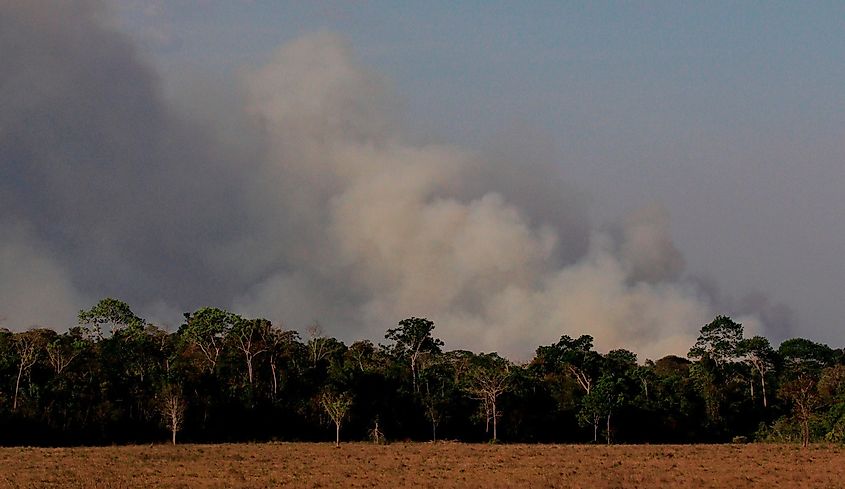
Unstoppable wildfires is one of the biggest factors responsible for the rapid loss of jaguars in the Amazon. Ranchers, miners, farmers, loggers, and others usually start these fires to gain access to the interiors of the forest or clear land for their activities. And they are not a new phenomenon as the deforestation of the Amazon started long ago. However, wildfires in the Amazon in recent times have been more intense, widespread, and numerous. According to experts, the apathy of the present government and climate change are both to blame for the same.
"Wildfires in the Amazon are a consequence of deforestation. The threats act in synergy. Deforestation cuts down the forest, the fire burns the deforested areas and their edges, and then the area is transformed into pasture for cattle or crops," explained Tortato.
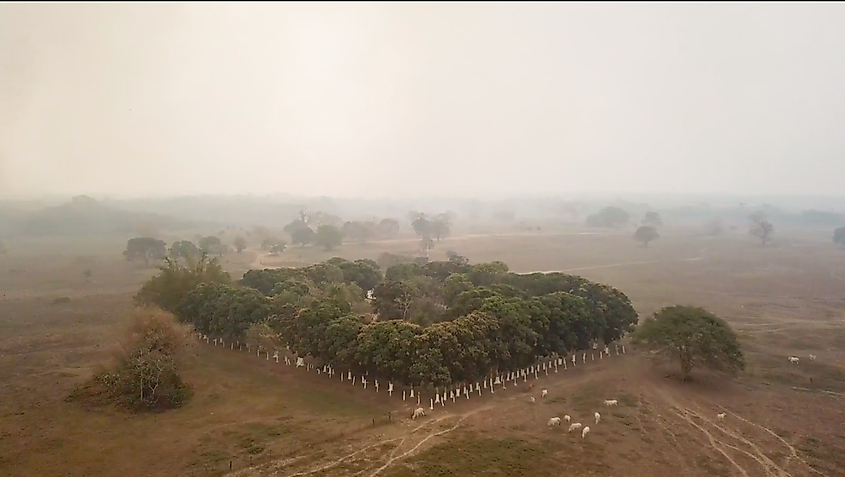
According to him, jaguars displaced by deforestation and fires are not likely to thrive in new environments because they are unlikely to be accepted by other jaguars that have been residents in that habitat for some time. They also will not know their new territories or home ranges as they did their own.
"One critical issue is that these individuals don't know where to find their natural prey as well as they did in their home range, leading them to hunt easy and often unguarded targets, such as livestock. This behavior, of course, often leads to local ranchers killing jaguars either because of the perceived or known threat to the ranchers' livelihoods," said Tortato.
The Way Out
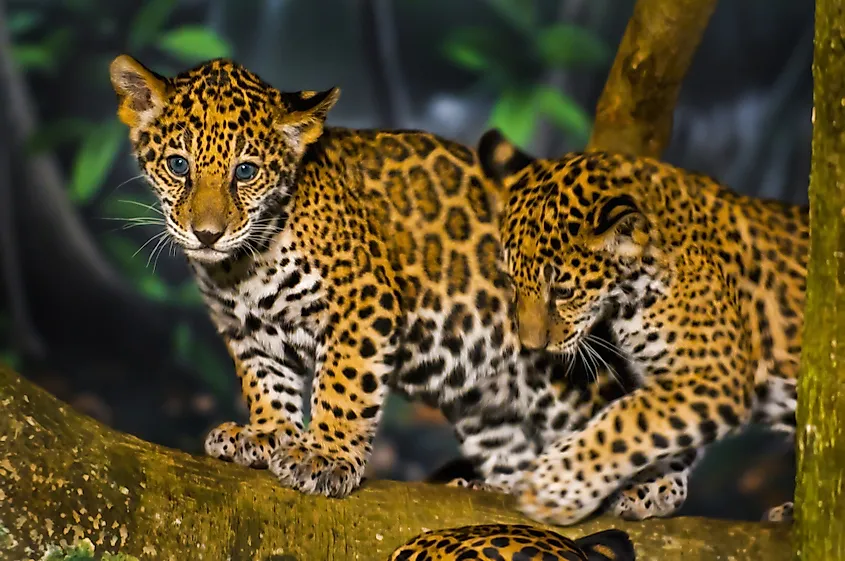
The rapid loss of the Amazon rainforest concerns the world, but the latest facts and figures are not encouraging. Implementing sound conservation strategies to protect the Amazon's umbrella species, the jaguars could be one of the ways to bring about positive change. Panthera scientists suggest strict monitoring of the rainforest's jaguar population and costly conservation interventions in areas with the greatest number of jaguars. They also recommend creating more protected areas, reducing meat consumption, promoting beef and wood certification, and improving cattle production.
According to Tortato, although the threats act in synergy, the actions to reduce them can vary. Enforcement and political actions to regulate land use in the Amazon can combat illegal deforestation and fires. In addition, public policies that encourage the protection of the forest with sustainable activities must be enacted.
He also mentioned strategies to reduce human-jaguar conflict situations. "Conflict with cattle ranchers requires actions that integrate farmers in strategies to reduce the vulnerability of their herds, thus making coexistence with jaguars and other wildlife possible. Proven tactics to mitigate conflict include housing cattle in well-fortified predator-proof corrals, particularly at night. The use of electric fencing, solar-powered lights that deter wild cats from approaching livestock corrals, and the use of territorial cattle breeds whose males defend females and young, are also helpful," he mentioned. Thus, while problems exist, so do solutions. But Tortato warns that there is little time left for the Amazon and its jaguars.
"Despite the staggering numbers of losses, there is still time to establish conservation actions to ensure that the Amazon does not follow the same path as other biomes where jaguar populations are critically endangered. Now we must utilize strategic conservation actions to reduce these numbers and ensure that jaguar populations remain connected," he stated.











